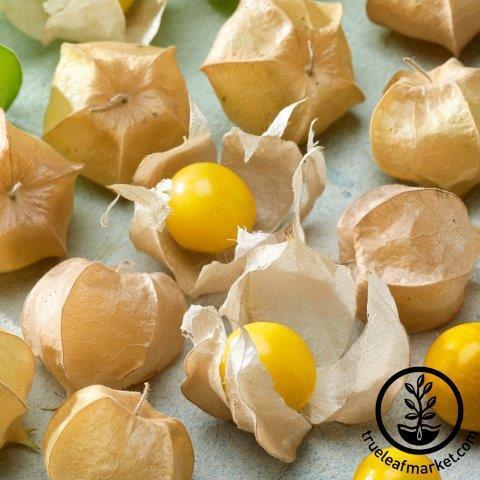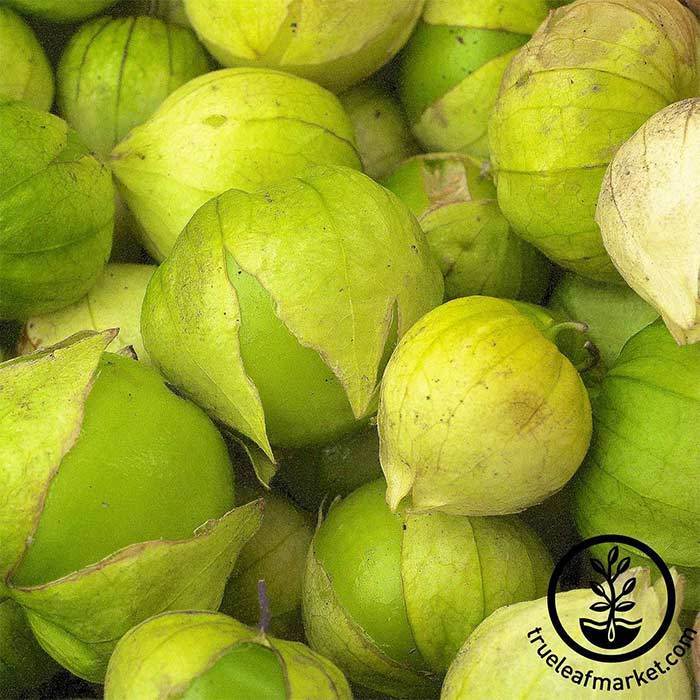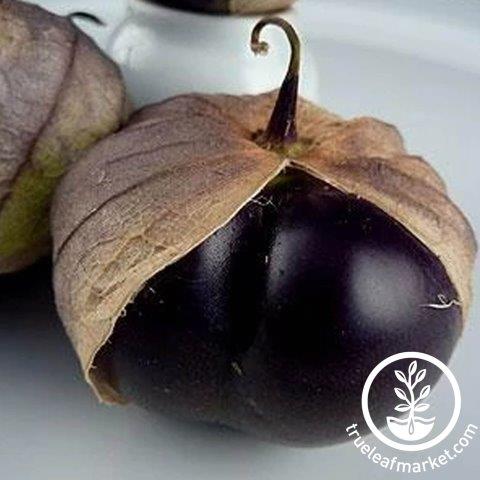How to grow tomatillos from seed to harvest – for a bumper crop of tart fruits
All you need to know for a great harvest of tomatillos, perfect for homemade salsas


Tomatillos are unique tasty fruits which originate from Mexico and Central America and their tart fruits are often found in salsa and other Mexican dishes. The name may mean ‘little tomato’ in Spanish, and they may share some growing habits with their namesake, but the fruits are very different.
Tomatillos have been grown for thousands of years, but are not common sights in vegetable gardens. This is surprising, as the plants are simple to grow and prolific. With just a couple of tomatillos, you can have a great harvest of small, crisp, and tart fruits encased in their distinctive papery husk.
If you are looking for new and exciting crops to grow in your vegetable garden, then tomatillo likely ticks a lot of your boxes. They are increasingly popular to grow, easy to cultivate, and do not need lots of maintenance. Has that piqued your interest? Then let's find out more about how to grow tomatillos.
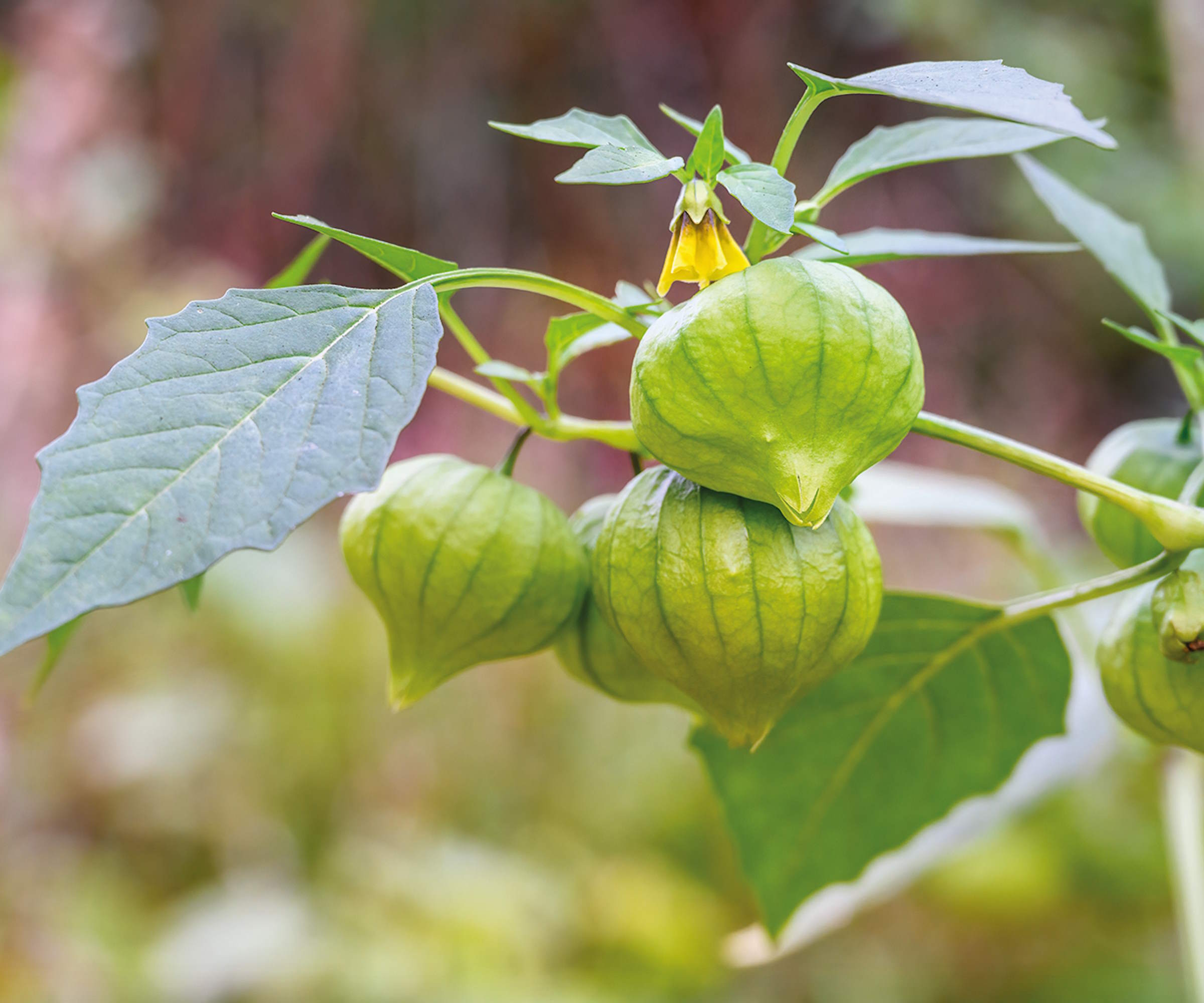
What are tomatillos?
Tomatillo (Physalis philadelphica and Physalis ixocarpa) is a plant in the nightshade family along with the likes of tomatoes and peppers. Tomatillos are grown as annual plants and reach 3-4 feet tall in a growing season.
The fruits are small, up to two-and-a-half inches in diameter, and spherical. Different varieties produce fruit in shades of yellow, green and purple - with the fruits encased in a papery husk that is removed before being used in cooking.
You may see tomatillos described by common names including the husk tomato or Mexican husk tomato.
How to grow tomatillo from seed
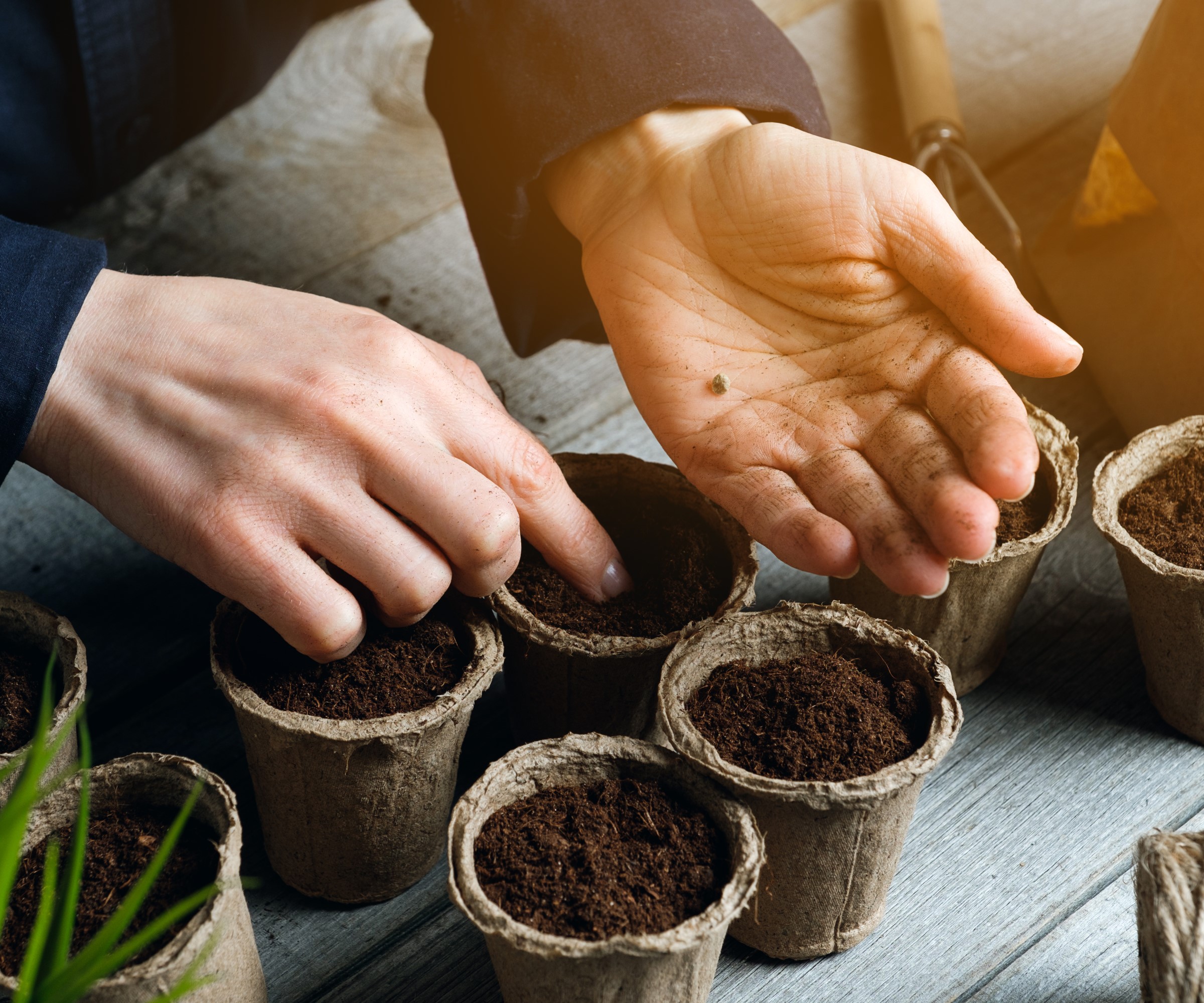
Tomatillos have grown in popularity in recent years and now you readily find seeds available for many different varieties of tomatillos. The crop is relatively simple to grow from seed and can be sown indoors or outdoors, depending on your climate.
The long growing season required by tomatillos often makes sowing seeds indoors the most practical method. It means a good head start on the season and is ideal for those in colder US hardiness zones.
Start seeds indoors up to eight weeks before the last frost date in a greenhouse or on a warm windowsill in a kitchen or sunroom. Sow seeds into individual pots filled with a potting mix for starting seeds and they will germinate within two weeks in moist soil at temperatures of 70-80°F.
‘Plant tomatillos outside only after all danger of frost has passed,’ advises Charmaine Peters, farm director at Arden. ‘You can transplant them outside once the night temperature is consistently above 62°F.’
The young plants need a good root system and at least five leaves before you transplant seedlings into the vegetable garden. Harden off seedlings for a week or two before planting to acclimatize them to their new home outdoors.
‘You can also plant them directly in the garden two weeks before the last frost,’ adds Charmaine. ‘Check your local frost date first and plan accordingly.’ To sow seeds outdoors, plant seeds half an inch deep in the soil at least 24 inches apart.

Charmaine Peters is the Farm Director at Arden, an Agrihood community in South Florida. She is an experienced farmer and a passionate advocate for health, nutrition, and supporting local communities with organic food.
Shop tomatillo seeds
How to grow tomatillo plants successfully
When you plant your tomatillos, you can bury them deeper in the soil as you do when planting tomatoes. Burying plants up to the first set of leaves will encourage them to develop roots from the stems. This is a good tip if your tomatillos grown from seed have got a bit too tall before being planted out.
Where you plant tomatillos in your kitchen garden and how you care for them will have a big impact on the size, health, and harvest you should expect.
Location
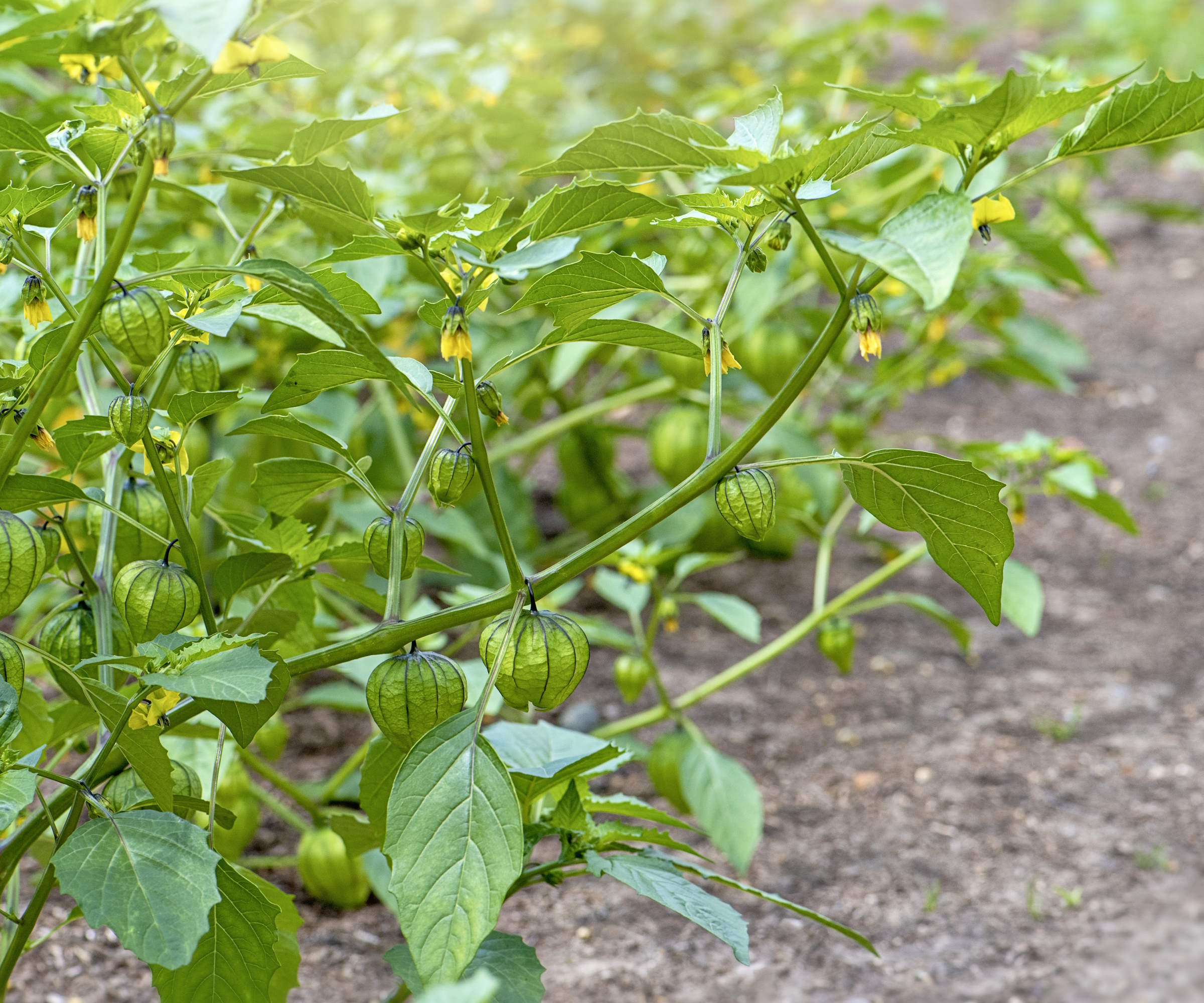
Just like growing tomatoes, tomatillos want a sunny spot in the backyard or can be great crops to grow in a greenhouse or polytunnel. They are not self-fertile plants, however, so you need more than one tomatillo to enable your plants to set fruit. Tomatillos plants want to be spaced at least three feet apart to give them ample space to grow.
Tomatillos do like a fertile and well-draining soil type. They do not grow happily sitting in poor-draining soggy soil and the addition of organic matter such as compost or well-rotted manure can help boost drainage levels. An alternative if you have very heavy soil is to grow tomatillos in a raised bed or containers.
‘They grow well in containers,’ says Charmaine Peters. ‘I suggest using at least a 5-gallon container to have ample space for root growth. Container gardening is convenient for gardeners with limited space or for those who want more control over soil quality and easier management of watering and fertilization.’
Companion planting near tomatillos with other vegetables, flowers or herbs can bring in pollinators and beneficial insects as well as repel pests such as aphids and tomato hornworms. The likes of basil, cilantro, alliums, and marigolds are all good planting partners for tomatillos.
Staking
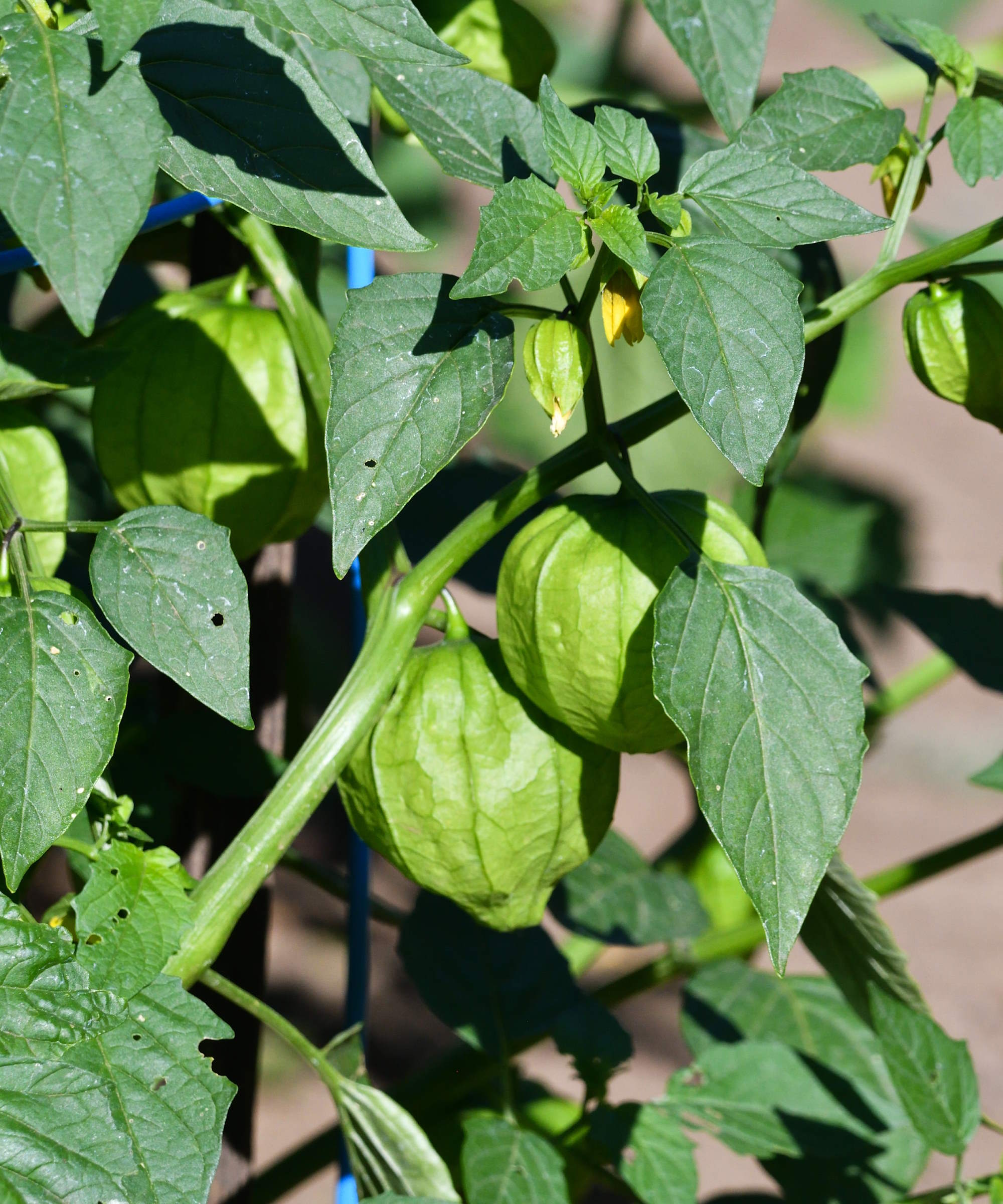
Tomatillos have a sprawling growth habit and want to be supported as they grow with a trellis, stake, or cage. The plants can grow to four feet tall and grow in a similar way as indeterminate tomatoes, which grow throughout the season and continually produce fruits.
There are real benefits to supporting tomatillos as they grow. Such vertical gardening helps to conserve space and tying the stems to the support prevents them from bending or breaking under the weight of the fruit. Raising fruits off the soil also reduces pest damage, keeping them away from slugs and other ground-dwelling insects that may feed on the fruits.
Get the trellis, stakes, or cage in place when you plant tomatillos and start tying the plants to the supports as soon as they can reach them. Having the support in place earlier prevents any risk of damaging the tomatillo’s roots by putting it in once the plant has been established.
Watering
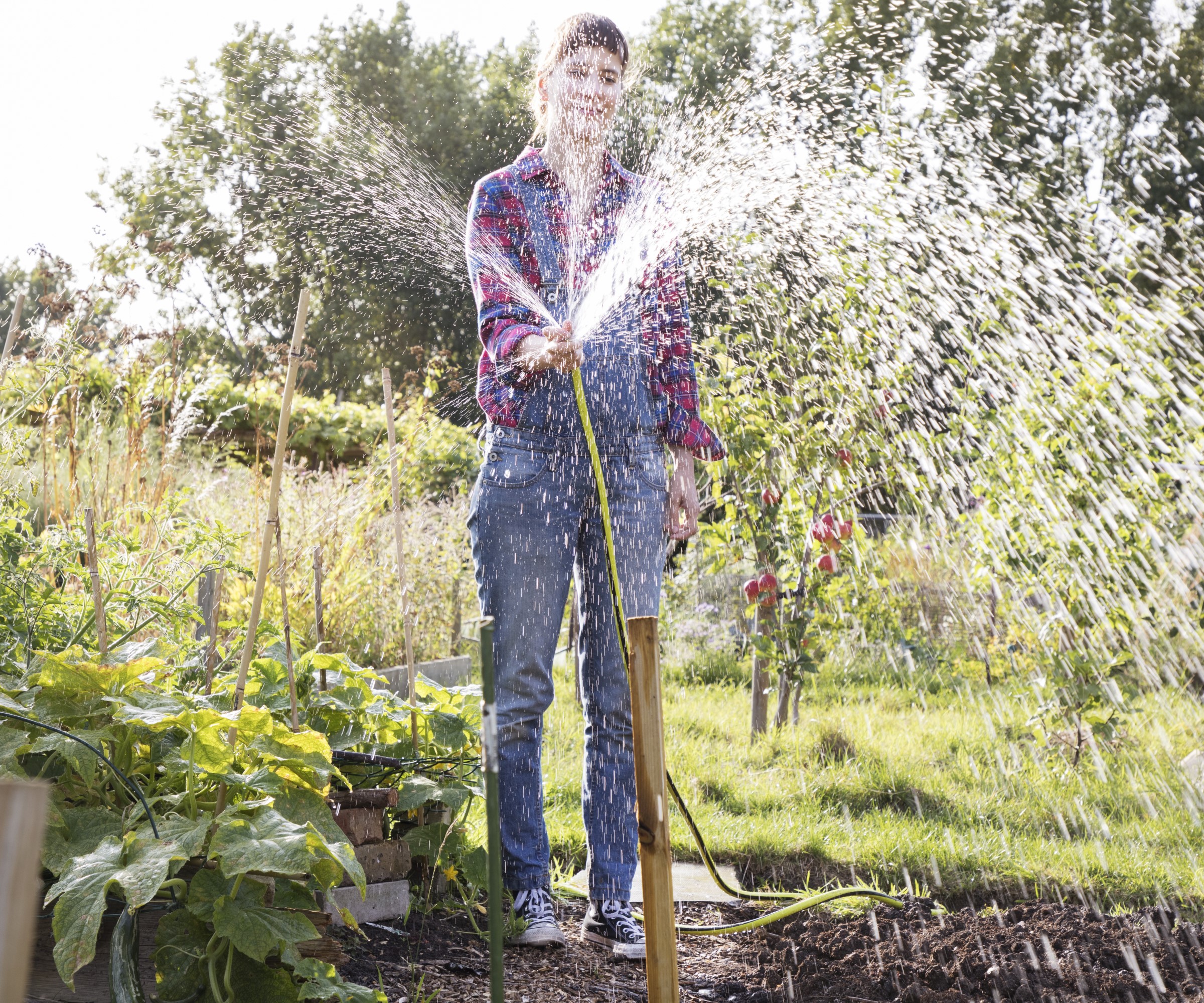
Tomatillos want regular watering throughout the growing season. They want one to two inches of water per week and benefit from regular deeper watering rather than being given smaller amounts of water little and often.
Tomatillos are suited to drip irrigation systems so that water is delivered to the roots, rather than the foliage being soaked. If using a hose or watering can, soak the base of the plants and water in the morning so any wet foliage has time to dry out. Soaking foliage is a garden watering mistake that can waste water lost to evaporation before reaching the soil. It also leaves plants susceptible to fungal diseases by leaves sitting wet overnight.
Mulch around plants with 2-3 inches of organic mulching materials to retain moisture in the soil and suppress weeds from growing around plants. Common materials to mulch could include compost, leaf mold, shredded bark, straw, or clippings from mowing a lawn.
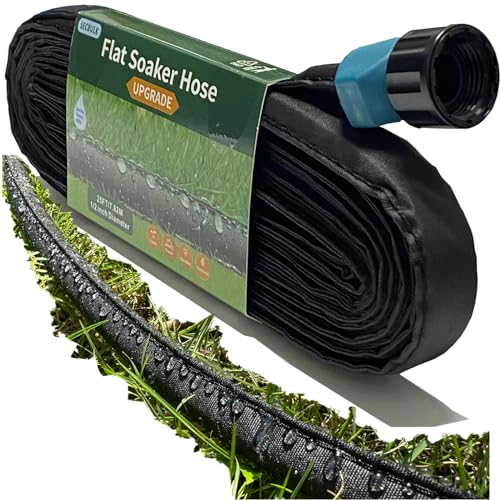
A drip irrigation hose designed to deliver consistent and slow soaking seep throughout its entire length. It fits with common garden hose threads and can be used above-ground or buried below a layer of mulch or soil.
Fertilizing

To fertilize tomatillos, Charmaine Peters recommends starting with adding compost or a balanced fertilizer before planting to enhance the soil.
She adds: ‘When the plants start to flower, fertilize again, this time with a 5-10-10 NPK ratio to support flower and fruit development.
‘Be careful not to over-fertilize, which may result in more foliage growth with minimal fruit production. Be sure to follow the instructions on the fertilizer packaging for proper application.’

A premium all-purpose fertilizer with an NPK of 5-10-10 that is designed for growing tomatoes and other vegetables.
Harvesting tomatillos
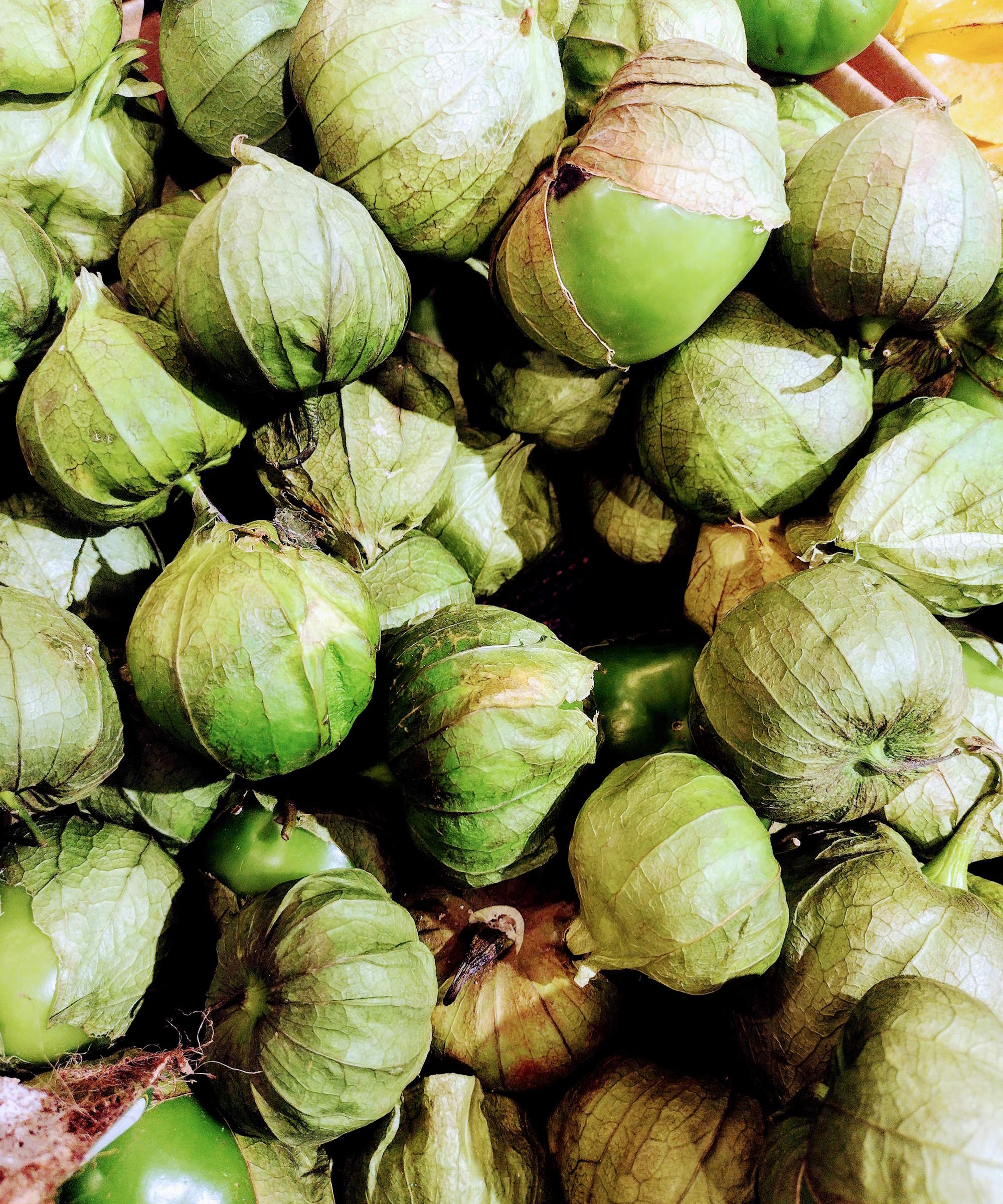
The tomatillos will be ready to harvest around 75-100 days after transplanting seedlings into the garden. The fruits are ready once they have filled the outer husk and start to break the thin, papery covering. The husk will turn from bright green to tan or faded green and a ripe tomatillo is around the size of a small tomato. The fruits should be firm and not be removed from the husk until they are to be used.
Check regularly on the ripeness of tomatillos and harvest as required. Fruits that are too soft need to be left to ripen further, but ready ones should be picked quickly as the flavor diminishes and the fruits become seedier if left on the plant for too long. Overripe tomatillos turn yellow and soft, which tastes less flavorful.
Harvested tomatillos can be kept in their husks and stored for 2-3 weeks in a paper bag in a refrigerator crisper drawer. Tomatillos can be frozen after being removed from the husks and rinsed.
FAQs
What not to plant near tomatillos?
While there are beneficial companion plants for tomatillos, there are also crops you should not plant next to tomatillo plants. That includes other crops in the nightshade family, including tomatoes, eggplant, and potatoes, as they will all attract the same pests.
Both dill and fennel are known to inhibit the growth of plants around them, so are not good partners for tomatillos either. Finally, corn is also not advised as it can shade out tomatillos and will attract pests.
Do tomatillos do well in pots?
Tomatillos are suited to growing in pots as part of vegetable container gardens. Ensure any container is large, at least 12 inches wide and 14 inches deep, and has drainage holes in the bottom. Fill your container with quality potting soil and place it in a sunny spot in the backyard. Keep a close eye on watering plants in containers to keep the soil moist and the tomatillos should grow happily.
Do you feel inspired to grow tomatillos? It might be time to look up some exciting new tomatillo recipes as these plants are prolific. They can be used in salsa verde, along with many other salsas, enchiladas, and tacos, or be pickled and used for toppings, and much more - so there is lots of choice for what to do with potentially your new favorite crop.
Sign up to the Homes & Gardens newsletter
Design expertise in your inbox – from inspiring decorating ideas and beautiful celebrity homes to practical gardening advice and shopping round-ups.

Drew’s passion for gardening started with growing vegetables and salad in raised beds in a small urban terrace garden. He has worked as a professional gardener in historic gardens and specialises in growing vegetables, fruit, herbs, and cut flowers as a kitchen gardener. That passion for growing extends to being an allotmenteer, garden blogger, and producing how-to gardening guides for websites. Drew was shortlisted for the New Talent of the Year award at the 2023 Garden Media Guild Awards.
-
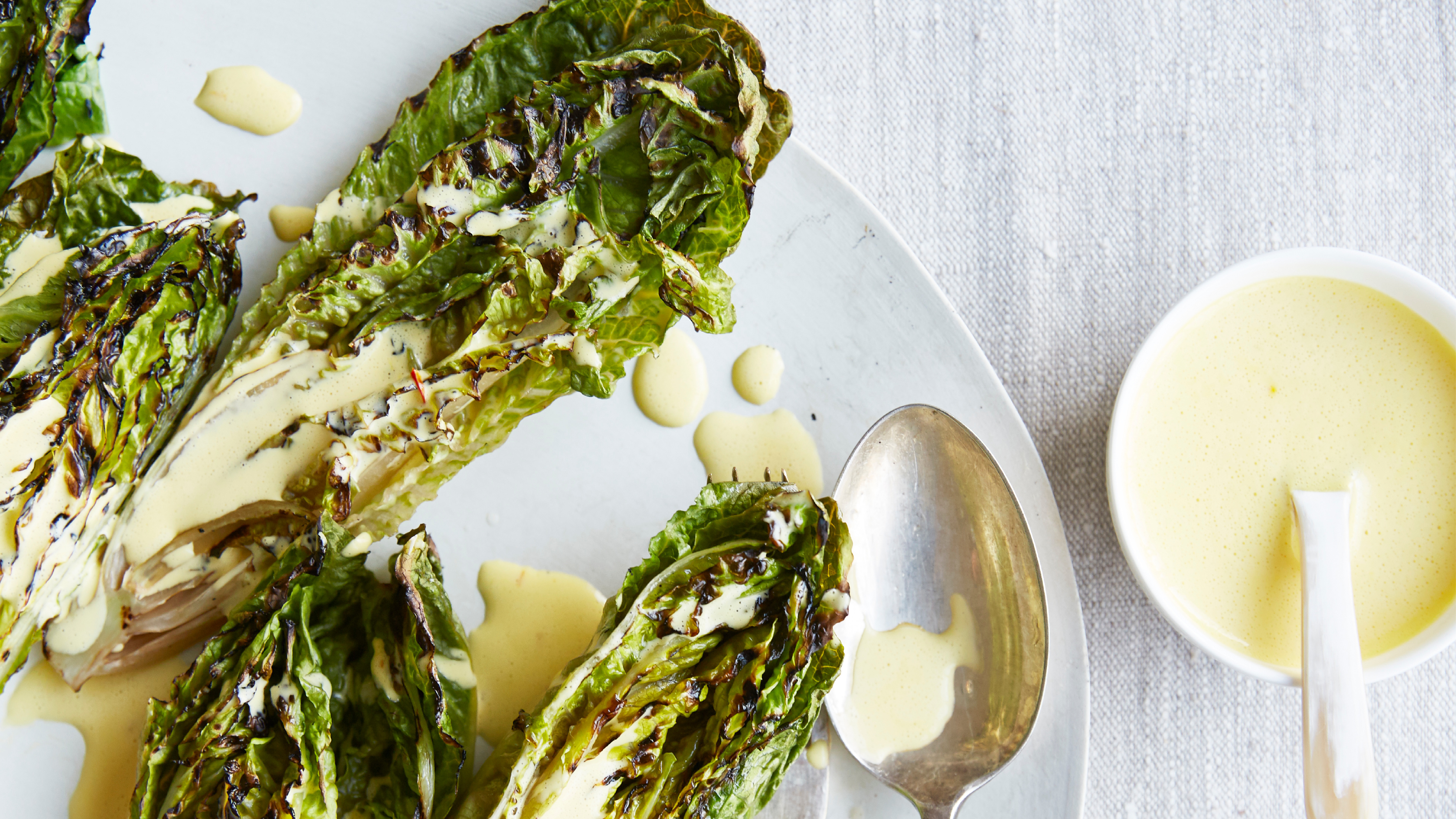 Charred little gem with saffron dressing
Charred little gem with saffron dressingThis recipe with charred little gem is both easy to make and sure to impress guests. It's the perfect side for fresh spring menus
By Alice Hart
-
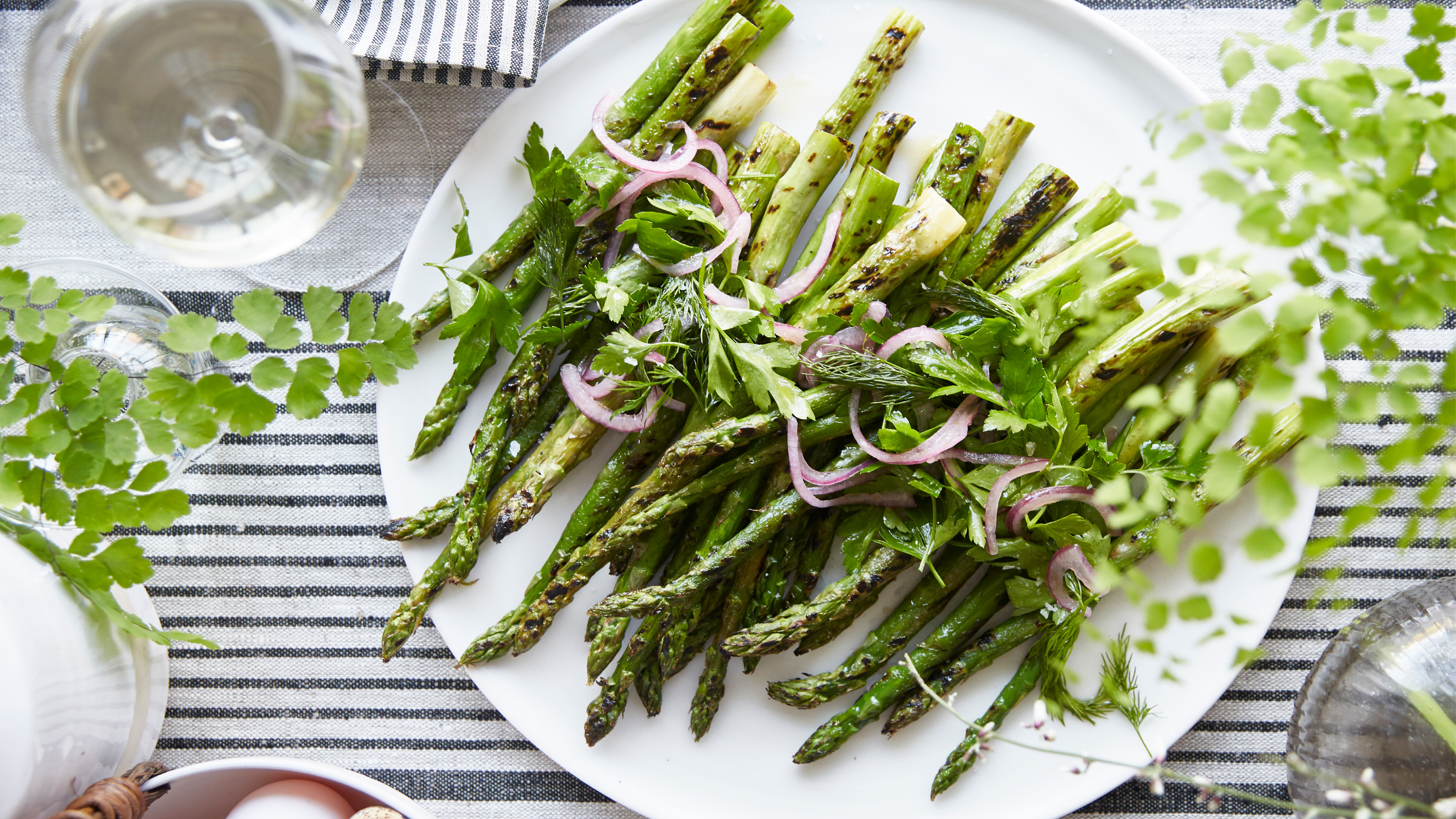 Grilled asparagus with herb and pickled red onion
Grilled asparagus with herb and pickled red onionThis grilled asparagus couldn't be easier, and it's a wonderful way to get the best flavor from our favorite spring veg. It's perfect alongside fish or lamb
By Alice Hart
-
 7 of the best tomatoes for growing in pots – expert growers pick their top varieties ideal for large harvests from containers
7 of the best tomatoes for growing in pots – expert growers pick their top varieties ideal for large harvests from containersYou can enjoy bumper homegrown harvests in small spaces
By Drew Swainston
-
 These 5 plants can help you get the best, and potentially tastiest, broccoli ever – discover what to plant with broccoli, and what to avoid
These 5 plants can help you get the best, and potentially tastiest, broccoli ever – discover what to plant with broccoli, and what to avoidOur selection of vegetables, herbs, and flowers is perfect for companion planting with broccoli
By Drew Swainston
-
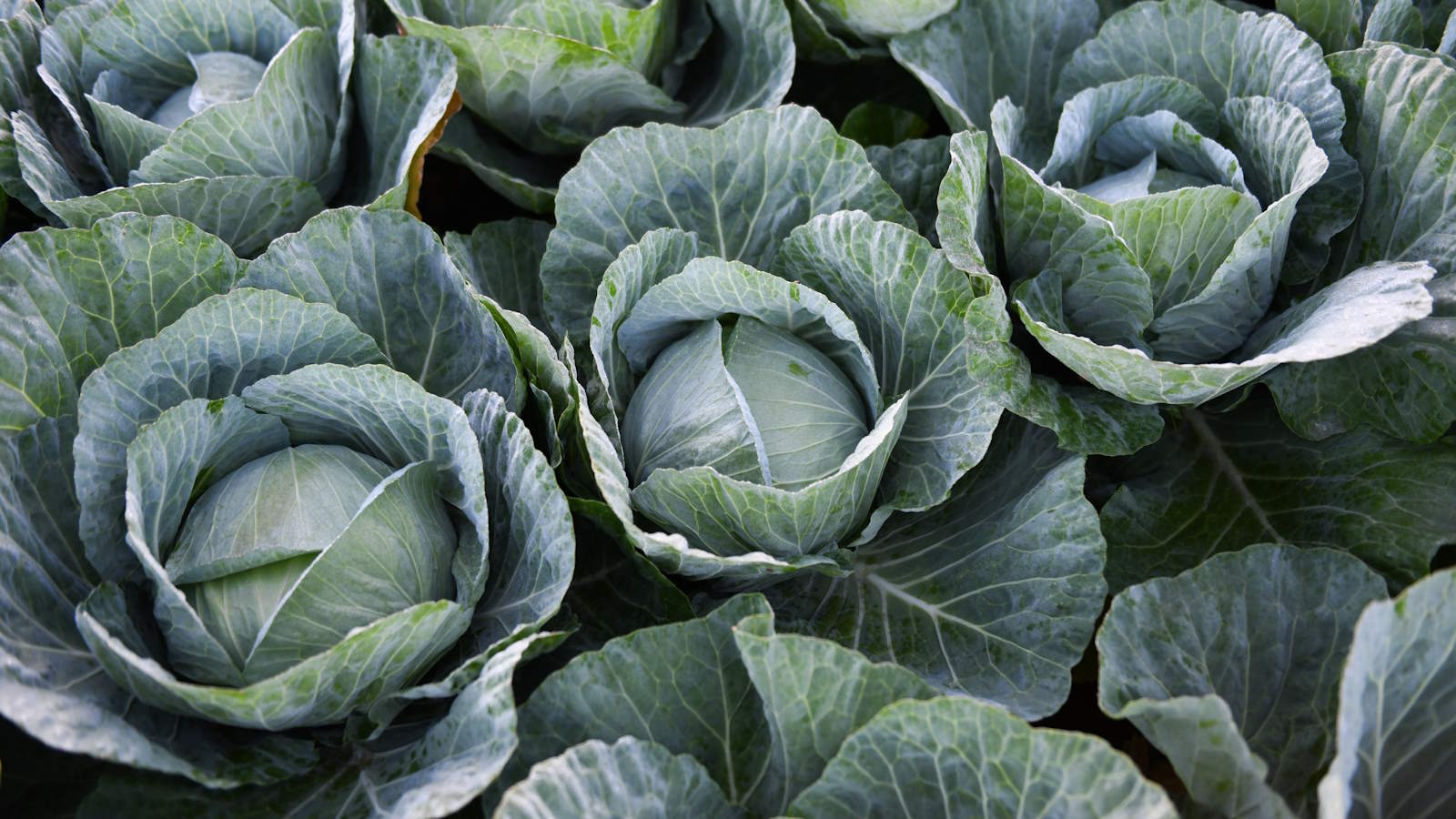 How to grow cabbages in containers – expert tips for top harvests in small urban spaces
How to grow cabbages in containers – expert tips for top harvests in small urban spacesYou can grow lots of different cabbages in pots, troughs, grow bags, or buckets
By Drew Swainston
-
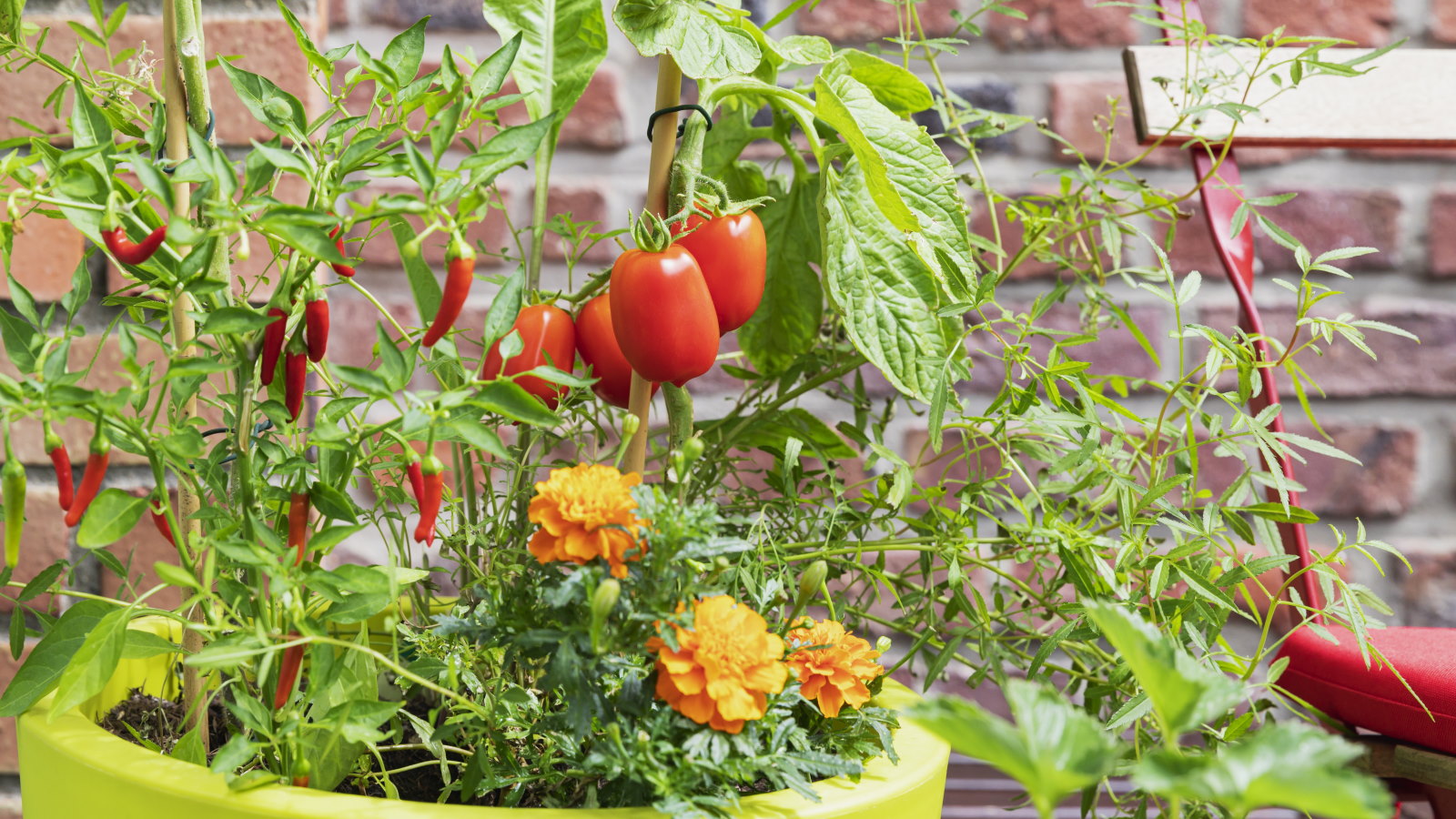 You'll get the best homegrown tomato crops if you plant them next to this one flower – discover why these two are a dream combination
You'll get the best homegrown tomato crops if you plant them next to this one flower – discover why these two are a dream combinationYour tomato plants will be pest-free and covered in fruits
By Drew Swainston
-
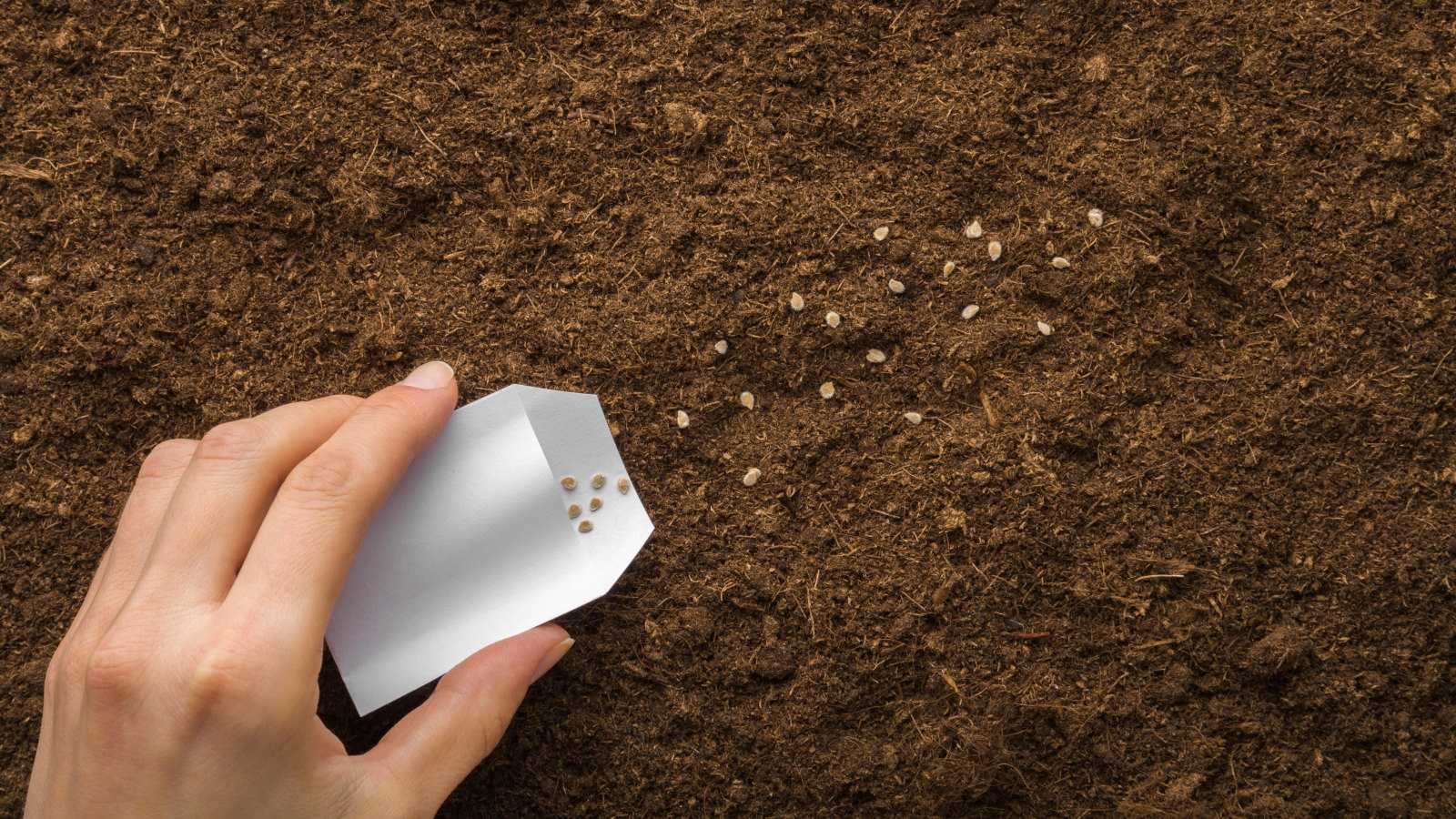 Direct sowing vs transplanting – our grow-your-own expert advises which is best, and shares 5 veggies you should always sow directly
Direct sowing vs transplanting – our grow-your-own expert advises which is best, and shares 5 veggies you should always sow directlyBoth approaches to sowing vegetables have pros and cons
By Drew Swainston
-
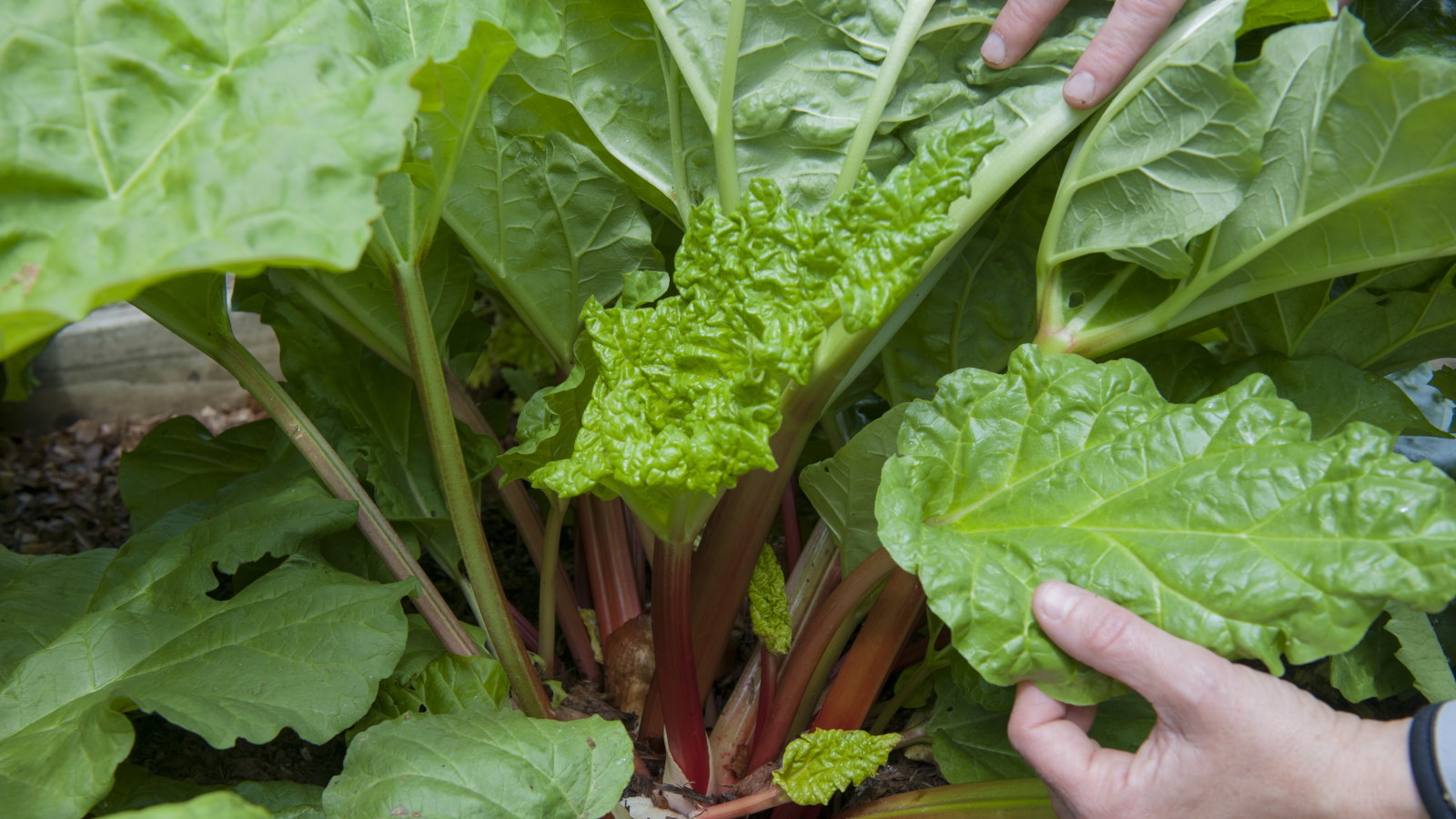 I grew rhubarb from seed for years – here’s exactly how to do it for guaranteed germination and healthy crops of fruit
I grew rhubarb from seed for years – here’s exactly how to do it for guaranteed germination and healthy crops of fruitGrowing rhubarb from seed is a cost-effective way to propagate plants, but it requires care and patience
By Drew Swainston
-
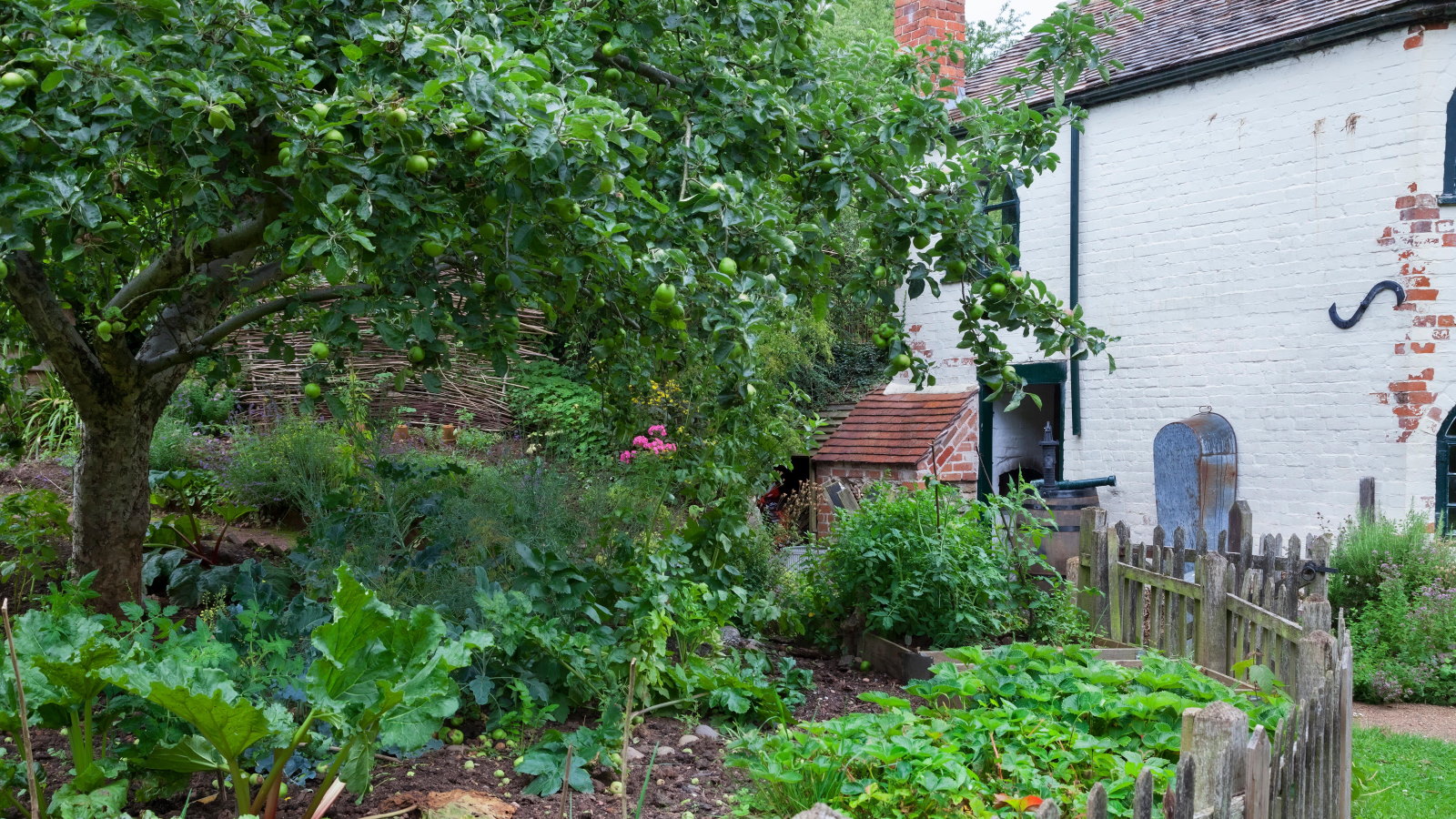 4 reasons you should plant trees in a vegetable garden – plus experts reveal the secrets to help you reap the rewards
4 reasons you should plant trees in a vegetable garden – plus experts reveal the secrets to help you reap the rewardsSee how agroforestry principles can help boost your soil and harvests
By Drew Swainston
-
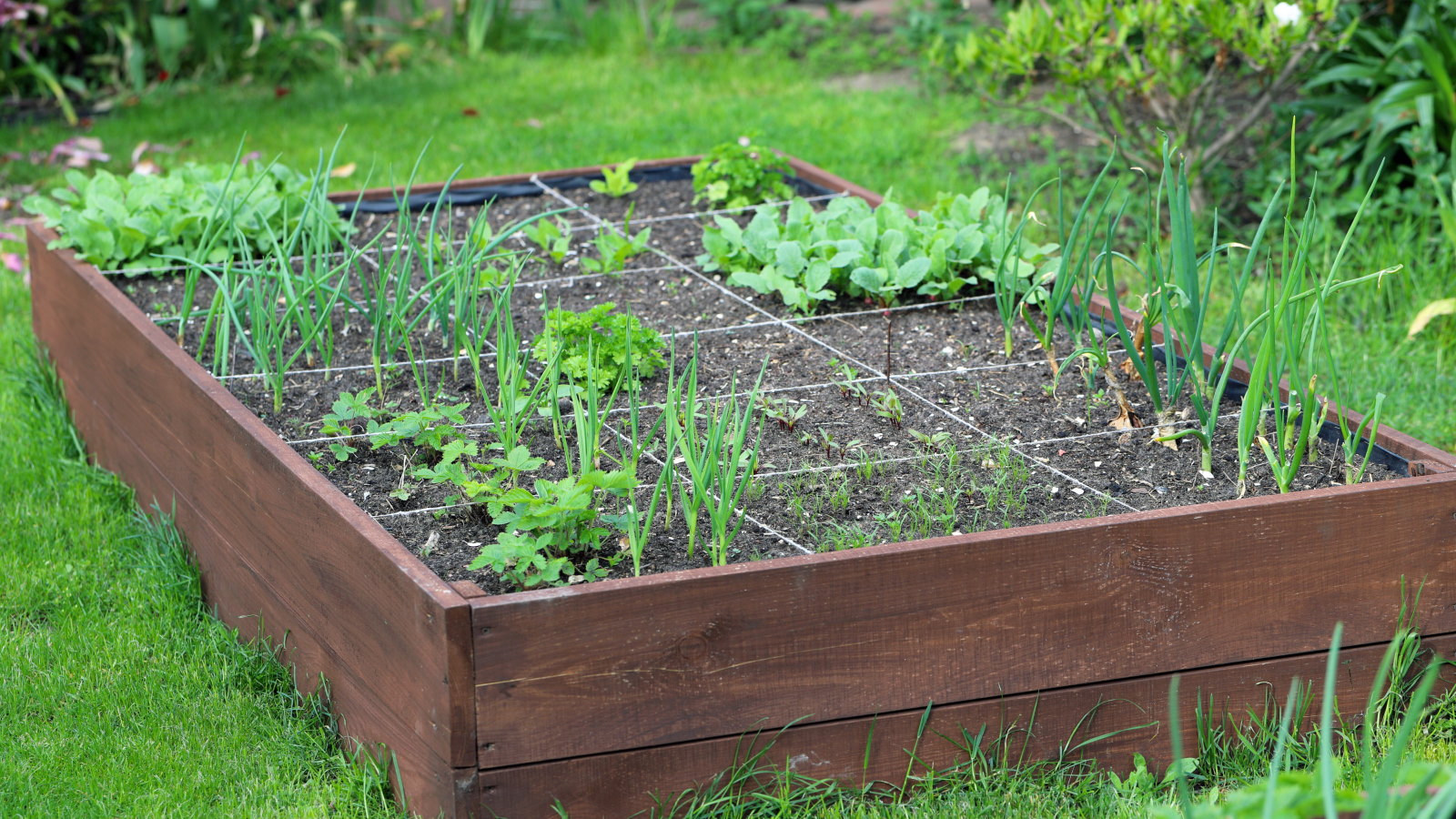 9 of the best vegetables to grow using the square foot gardening method – for big harvests in small spaces
9 of the best vegetables to grow using the square foot gardening method – for big harvests in small spacesPlus how many of each vegetable can be grown per square foot
By Drew Swainston
